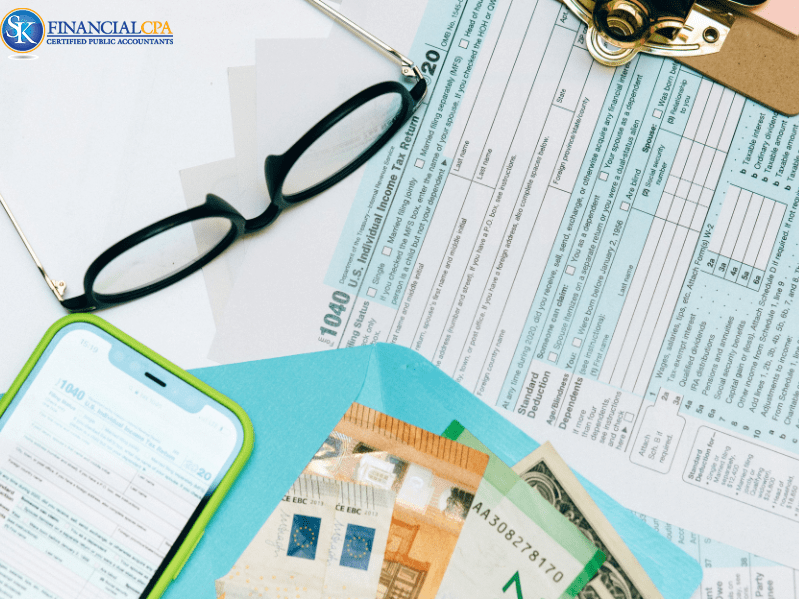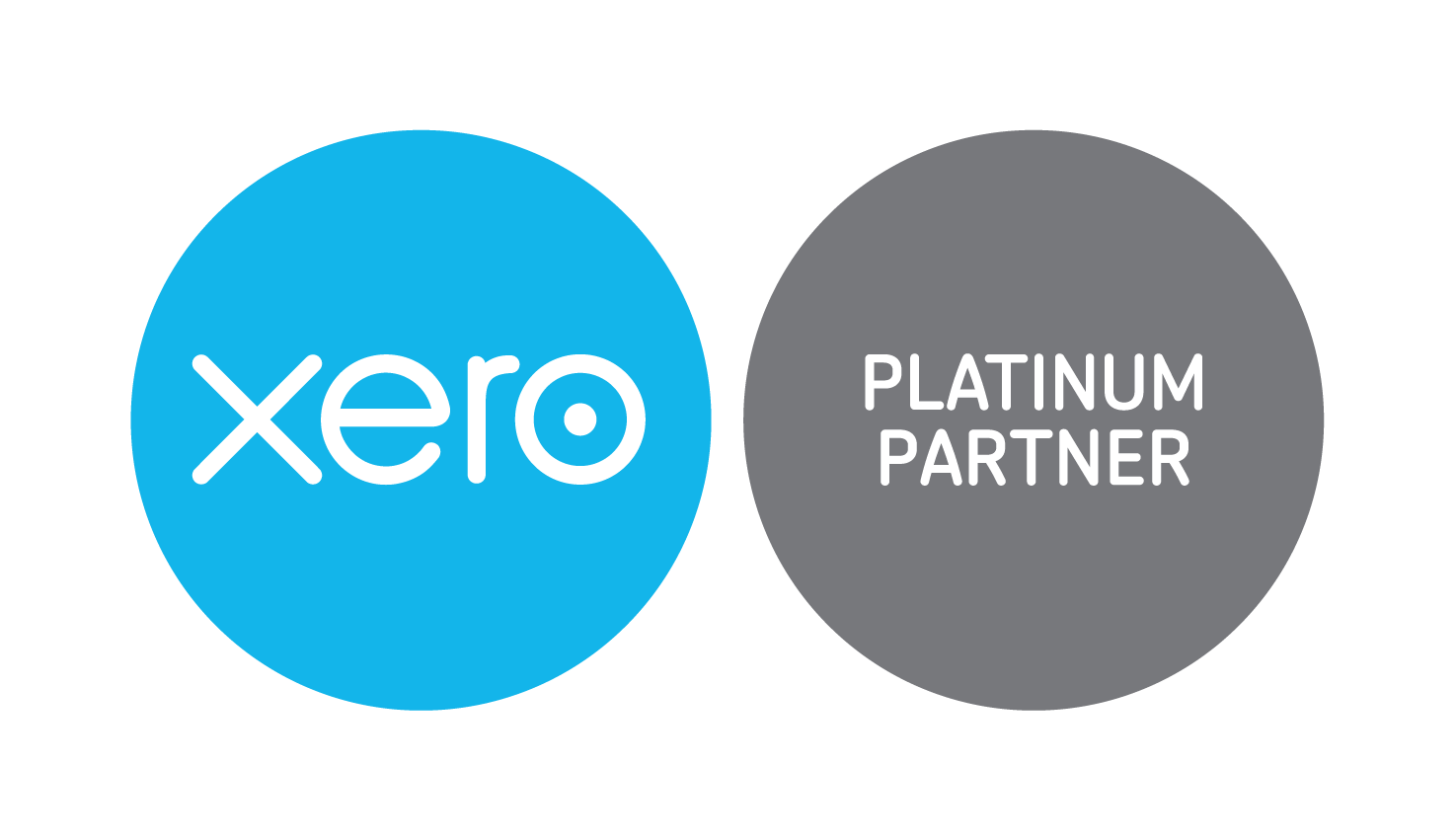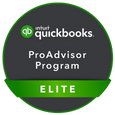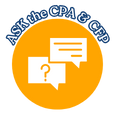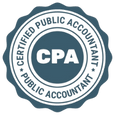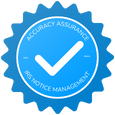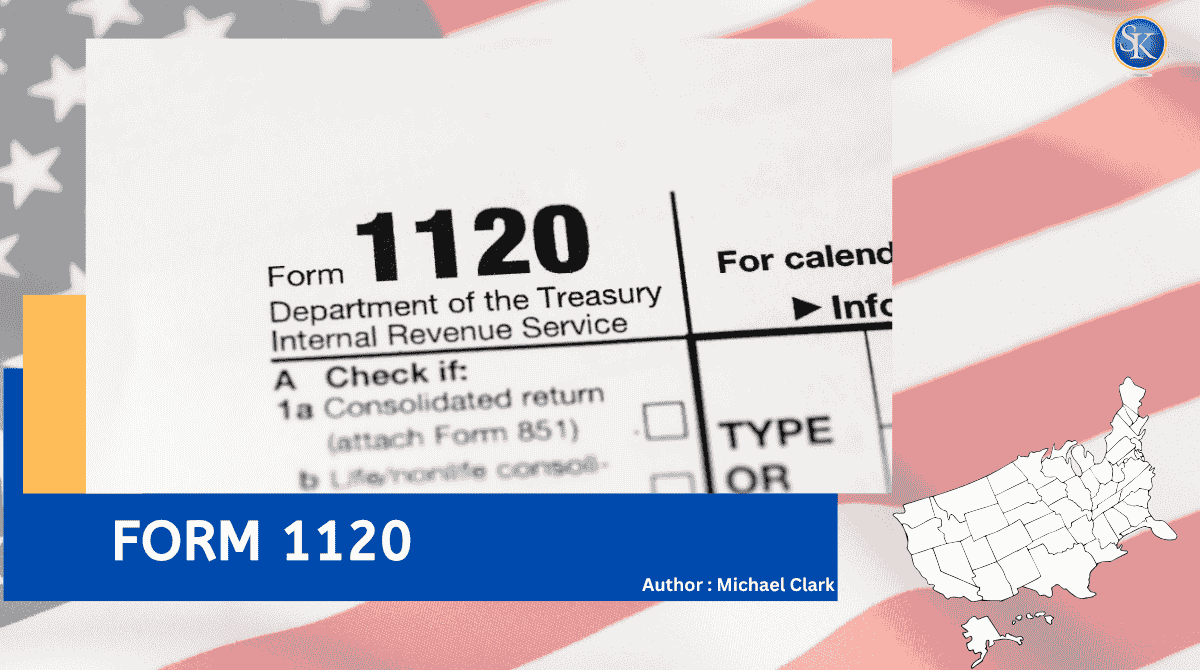
Form 1120, U.S. Corporation Income Tax Return
If you own a C corporation or want to start one, you'll need to fill out Form 1120 and send it to the IRS to record your business's income, expenses, and earnings. It's how the government finds out how much federal tax your business owes. Once you know who needs to file it, when it's due, and what information it has, you'll see that it's just a routine aspect of running a business.
What Is Form 1120?
Form 1120 is like a tax return for your business. C corporations use Form 1120 to report their business income, expenses, and profits. This is similar to how regular persons file Form 1040 to tell the IRS how much money they made and how much tax they owe. This is the form you will use every year during tax season if your business is a C corp.
You won't use this form if you own a S corporation, a sole proprietorship, or a partnership. There are alternative tax forms for those kinds of firms.
Read more about Form 8962, Premium Tax Credit
Why Does Form 1120 Matter?
The IRS needs Form 1120 to see how much money your business made and spent in a year. It helps the government figure out how much your business owes in taxes. You are following the regulations and avoiding complications like late fees and penalties when you file it appropriately. But if you don't do it or do it wrong, you could get fines, interest, or even get into trouble with the law. Keeping up with this form can keep your business in good standing and prevent those nasty IRS letters out of your mailbox.
Who Needs to File Form 1120?
If your business is a C corporation, you need to file Form 1120 even if the company didn’t make any money that year. Some LLCs also need to file it if they’ve chosen to be taxed like a corporation. This form is filed by the business itself, not the owner personally. That means the company pays taxes on its profits, and any salary you take is taxed separately on your personal return.
You need to file Form 1120 if:
-
Your business is a C corporation
-
Your LLC elected to be taxed as a corporation
-
Your corporation was active during the tax year (even with no income)
What’s Inside Form 1120?
Looking at Form 1120 for the first time might seem a bit too much, but once you break it down, it’s really just a simple way to show the IRS how your corporation did financially over the year. It’s like your business’s yearly summary how much money came in, what it was spent on, and what’s left to be taxed.
Here’s what goes into it:
-
Income
It contains all the money your business made from sales, services, and anything else. It's almost all the money your business made before it had to pay its debts.
-
Deductions
Costs of doing business that you can take off your income. Some common deductions are salary for employees, rent, utilities, supplies, marketing, insurance, and professional fees.
-
Tax Calculation
Your taxable income is the amount of money you have left over after taking off deductions from your income. It figures out how much federal income tax your business pays based on that number.
-
Payments and Credits
You will list any taxes your business is likely to owe throughout the year or any tax credits it may be able to claim, including research and development credits. These amounts lower the total amount of taxes you owe.
-
Additional Schedules
You need to add more schedules depending on what your firm does. For instance, if you have dividends, overseas income, or detailed depreciation, those will go on separate forms or attachments that go with the main return.
Besides the financial data, the form also asks for basic details about your business, like your EIN, business address, date of incorporation, and the accounting method you use. It’s not just numbers the IRS wants a full picture of your business structure and operations.
When Is Form 1120 Due?
April 15 is the deadline if your firm follows the calendar year (which ends on December 31). The due date change dependent on your company's fiscal year. Form 7004 will allow you an extra six months, but it just buys you more time to file, not to pay. You still have to pay any taxes you owe by the regular deadline.
|
Tax Year End |
Due Date |
With Extension |
|
December 31 |
April 15 |
October 15 |
|
June 30 |
October 15 |
April 15 (next year) |
|
September 30 |
January 15 (next year) |
July 15 |
How Do You File Form 1120?
Step 1
Collect all important details about your business, like your EIN, business name, address, and type of accounting method.
Step 2
You’ll need income statements, expense reports, and payroll information for the year. Make sure everything is accurate and up to date.
Step 3
Grab any forms your business needs, like W-2s for employees, 1099s for contractors, and depreciation schedules if you’ve bought equipment or property.
Step 4
If your corporation has shareholders and especially if any changes happened during the year you’ll need to include their information too.
Step 5
See if your business qualifies for any credits, like research and development, energy-saving improvements, or hiring credits. These can reduce the amount you owe.
Step 6
You can either mail a paper copy to the IRS or e-file online. E-filing is faster and gives you instant confirmation that the IRS received it.
Step 7
Review all the numbers and make sure nothing is missing. Mistakes can lead to delays or penalties.
Step 8
Once everything looks good, go ahead and submit your Form 1120. If you’re e-filing, you’ll get a confirmation. If you’re mailing, be sure to send it to the correct IRS address.
What Tax Rate Applies to Form 1120?
The most recent tax laws say that C corporations have to pay a flat rate of 21% on their taxable income. This means that your business will pay 21% in taxes no matter how much money it makes, whether it's $100,000 or $10 million.
The Tax Cuts and Jobs Act of 2018 made this flat rate law, and it is still in force.
But remember that this is before any credits or deductions. So, if your organization is keeping track of deductible costs, you can cut down on how much you owe.
Common Deductions on Form 1120
To lower your tax bill on Form 1120, your business can claim common deductions like employee salaries, office rent, utilities, supplies, travel, meals, advertising, and even fees paid to lawyers or accountants. You can also write off the value of equipment over time through depreciation. These everyday business costs help reduce your taxable income, which means you pay less in taxes.
What Happens If You Don’t File Form 1120?
Skipping Form 1120 isn’t something you want to risk. If your corporation fails to file by the due date and you didn’t request an extension you could face penalties.
Here’s what you’re looking at:
-
$500+ penalty for every month (or part of a month) the return is late
-
Additional interest on unpaid taxes
-
Risk of audits or further IRS action
Even if your corporation didn’t make any money, you’re still required to file. So it’s better to submit a “zero return” than nothing at all.
Difference Between Form 1120 and Other Tax Forms
You might have heard about Form 1120S or even Schedule C, and it’s easy to get them mixed up. So here’s a quick comparison:
|
Form |
Who Files It |
Type of Business |
|
Form 1120 |
C Corporations |
Pays corporate taxes directly |
|
Form 1120S |
S Corporations |
Pass-through taxation to owners |
|
Schedule C (on Form 1040) |
Sole Proprietors |
Filed with personal tax return |
Each has its own pros and cons, but when you're a C corp, Form 1120 is your main form.
Should You Do It Yourself or Hire a Expert?
Filing Form 1120 on your own is possible especially if your business is simple but once things grow and money starts moving in different directions, it’s easy to miss important details. That’s where a tax professional can make a big difference. Our experts helped thousands of businesses across the U.S. in filing Form 1120. Book your free consultation today with our consultant.
Final Thoughts
Form 1120 is a key component of making sure your business stays on track. It tells the IRS how much money your business made, how much it spent, and how much tax it needs to pay. You won't have to pay fines if you file it on time. It's important to keep organized and move your business forward, whether you do it yourself or hire someone.
FAQs
1. Is it possible to file Form 1120 online?
You can e-file Form 1120 with the IRS, and it's the fastest and safest way to do so.
2. Do I still need to submit Form 1120 if my business didn't make any money?
A C corporation has to file a return every year, even if it doesn't make any money.
3. What if I didn't file Form 1120 on time?
You should file as soon as you can and pay any taxes you owe to avoid paying extra interest and penalties.
4. What papers do I need to send in with Form 1120?
You will need your EIN, income statements, expense reports, payroll summaries, and any other tax records that support your claim.
5. What is the difference between Form 1120 and Form 1120S?
Form 1120 is for C businesses, and Form 1120S is for S corporations, which provide money straight to their owners.
6. Is it possible for an LLC to file Form 1120?
The LLC must file Form 1120 if it has chosen to be taxed like a corporation.
Follow SKFinancial on Facebook / Twitter / Linkedin / Youtube for updates.


